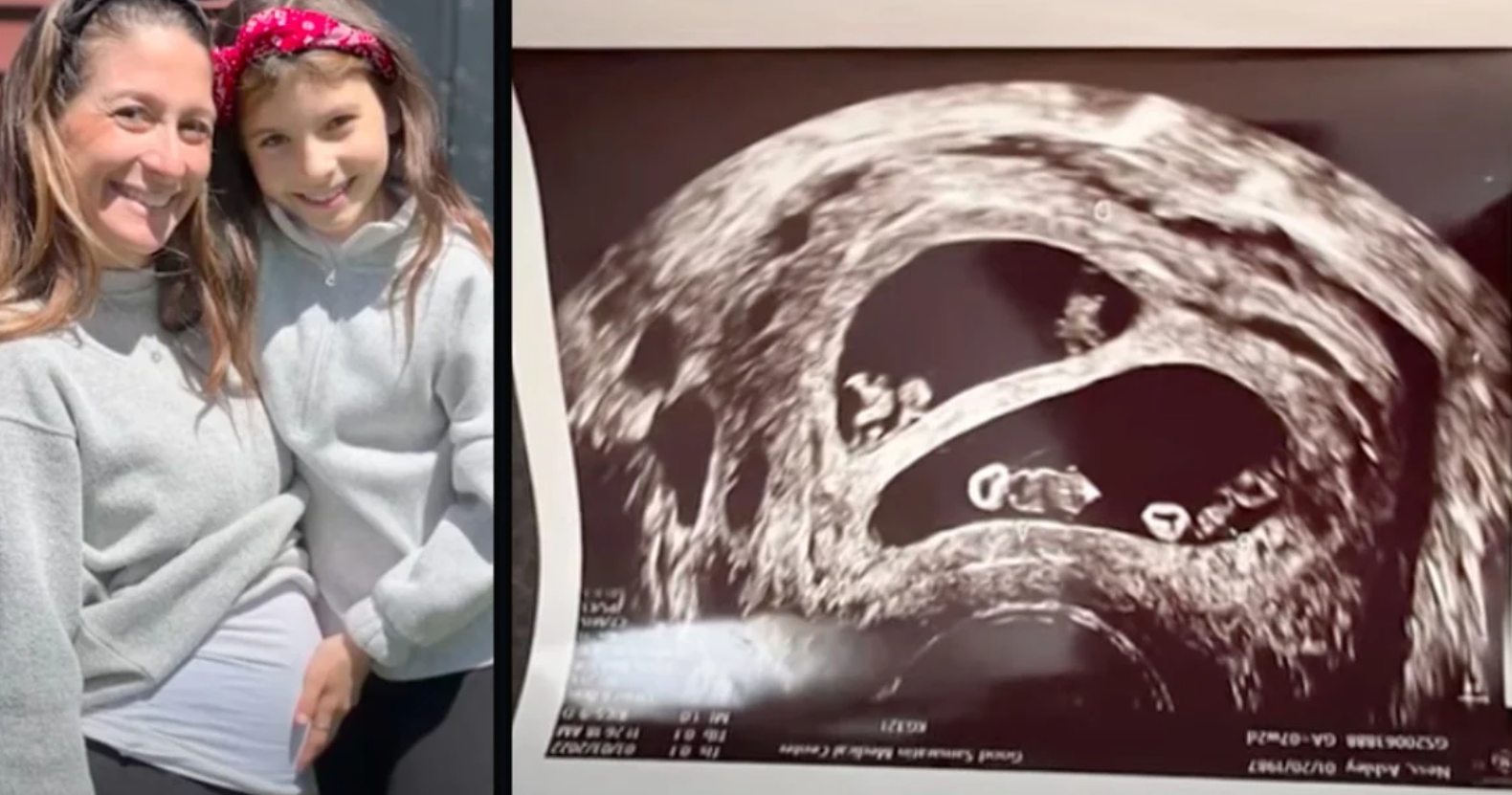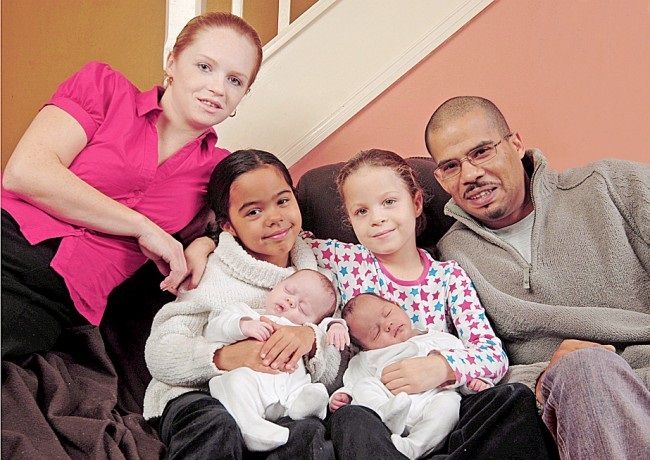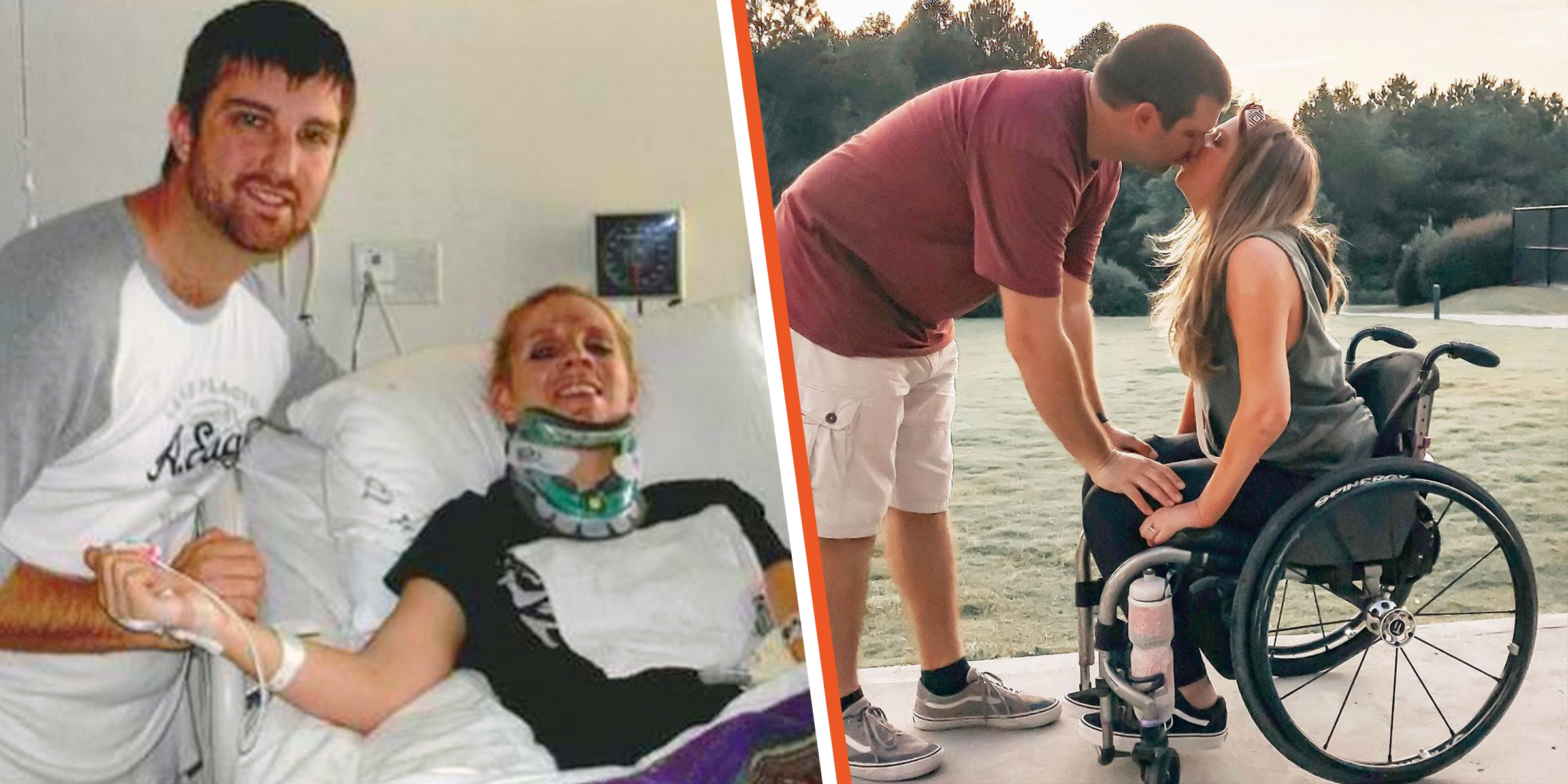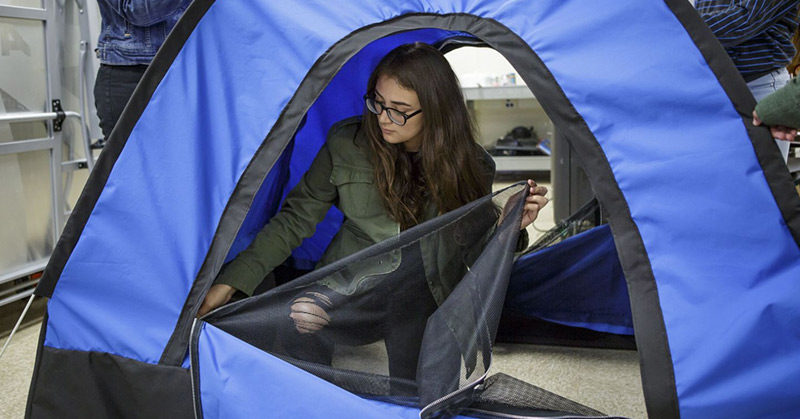All-Girl Engineer Team Invents Solar-Powered Tent For The Homeless
An engineering team of high school students has invented a solar-powered tent for the homeless. Success requires time, sacrifice, dedication and hard work. For these girls, they just did that and they were victorious.
Faced with rising homelessness in 2017, a group of high school students, mostly girls, decided to deal with it in their own way. They decided to meet the needs of the homeless by providing them with warm accommodation at night. ‘We come from a low-income families and when we were there we didn’t give money to the people on the street. We couldn’t help them and felt hopeless. But we couldn’t stop thinking about ways we could help”.
They partnered with DIYGirls, an organization that supports girls in science, technology, engineering and mathematics (STEM). In the end, they succeeded in building a tent powered by solar energy, which can be folded into a backpack for a simple journey. The team worked on its tent design for a whole year. Together they created the tent, which is made of a durable, water-repellent material.
They want to help as many people as possible, beginning with the homeless in San Fernando and refugees who have lost their homes. They will ensure that they patent it so that it can get into the hands of the needy. Evelyn Gomez, the former program director and current board member of DIYGirls, graduated from the San Fernando High School and studied engineering at MIT and UCLA. From the moment she found out about the project, she was eager to help.
“I know from my own education, studies and graduate school that I was the only Hispanic person in the room. I think it is a great burden on your shoulders to represent not only myself but also my people, my community, and if I say something that does not make sense, it will reflect my people. The beauty of having girls on the team and the beauty of working in our own communities is that we are the ones we turn to for answers. We have to find the answers ourselves”.
Before the project began, most girls did not know each other. They became great friends during the project. When they came across a problem, they searched Google or YouTube to find a solution. At first they were dependent on Gomez, but over time they became more confident and independent and willing to work on their own.
They worked on the project six days a week and only not took a breaks during the winter and spring breaks. The project was full with stress and quality controls, and the first prototype failed. As a result, the girls must start from the same beginning. The girls received a $10,000 scholarship from MIT and presented their invention at the Eurekafest Congress, which assembles and showcases the work of young inventors. They hope that their invention can be mass-produced and made available to as many homeless people as possible.
I would like to tell the girls that engineering is not mathematics, not science, not just a numbers. It’s about identifying problems and helping people. They need to see the problems in their communities. If we can get more young women, people of color and more people from low-income communities to identify problems in our communities, we will be better equipped to solve them as we’re lived with them.










